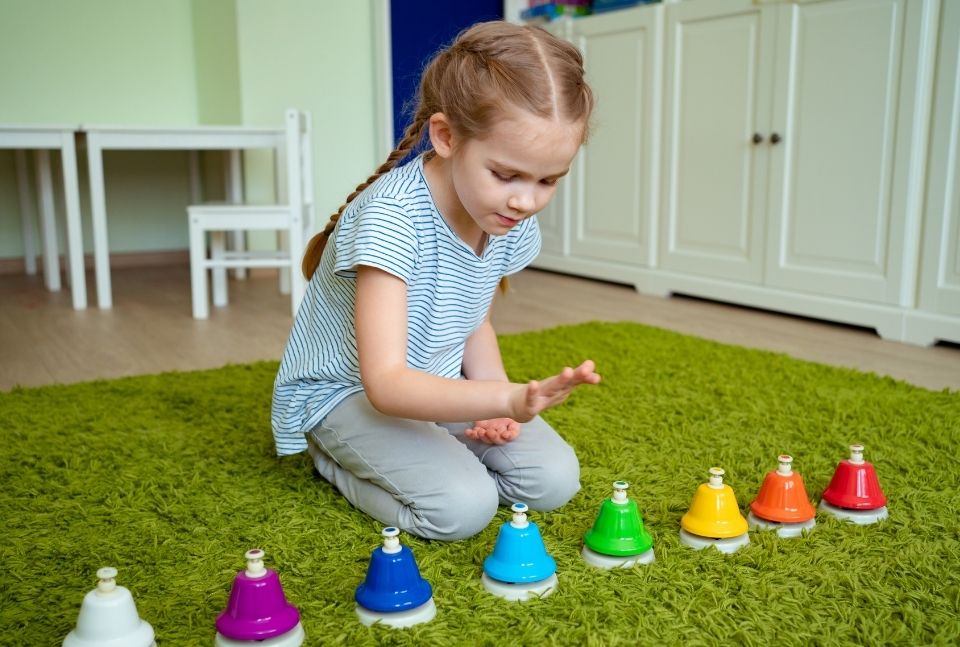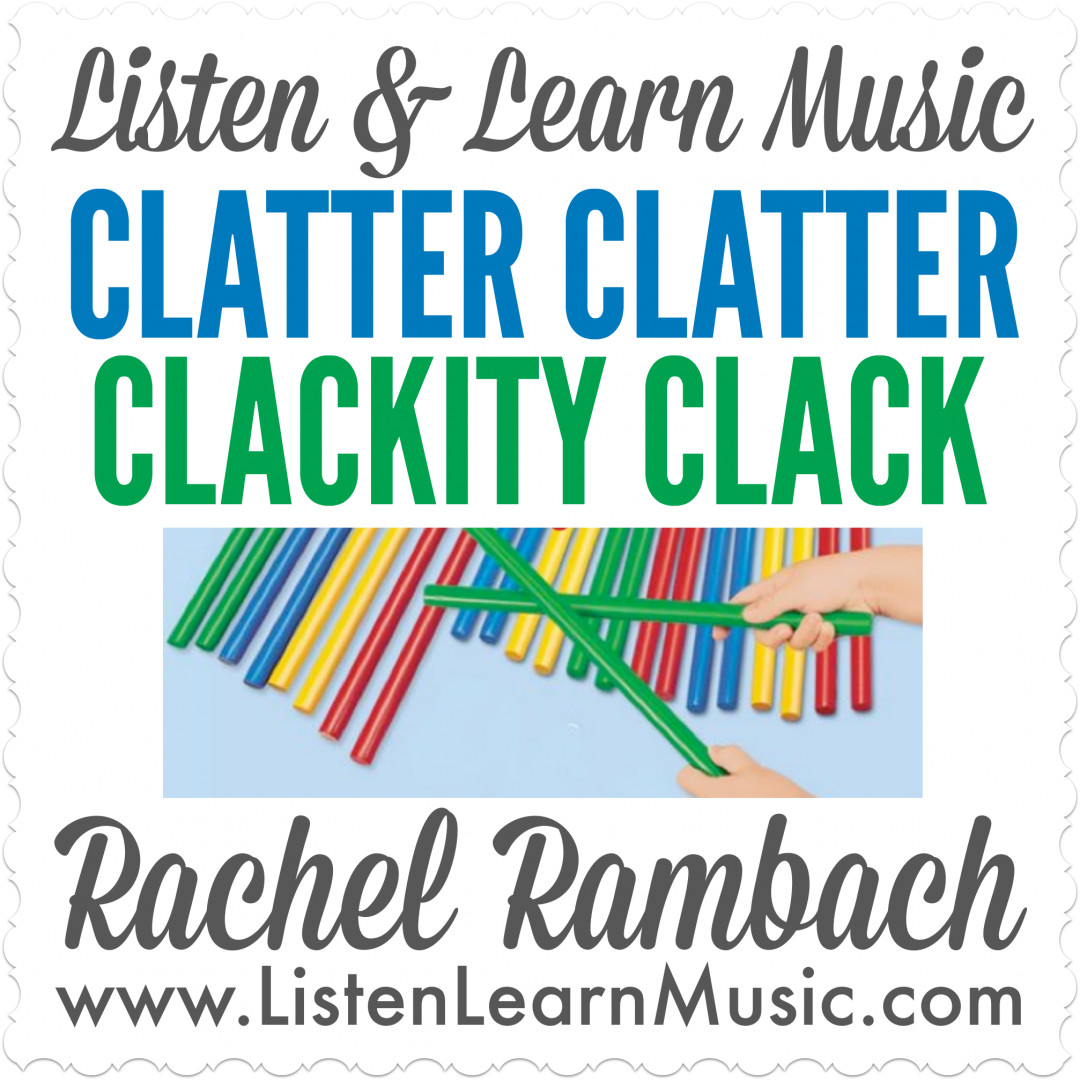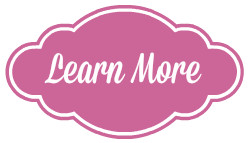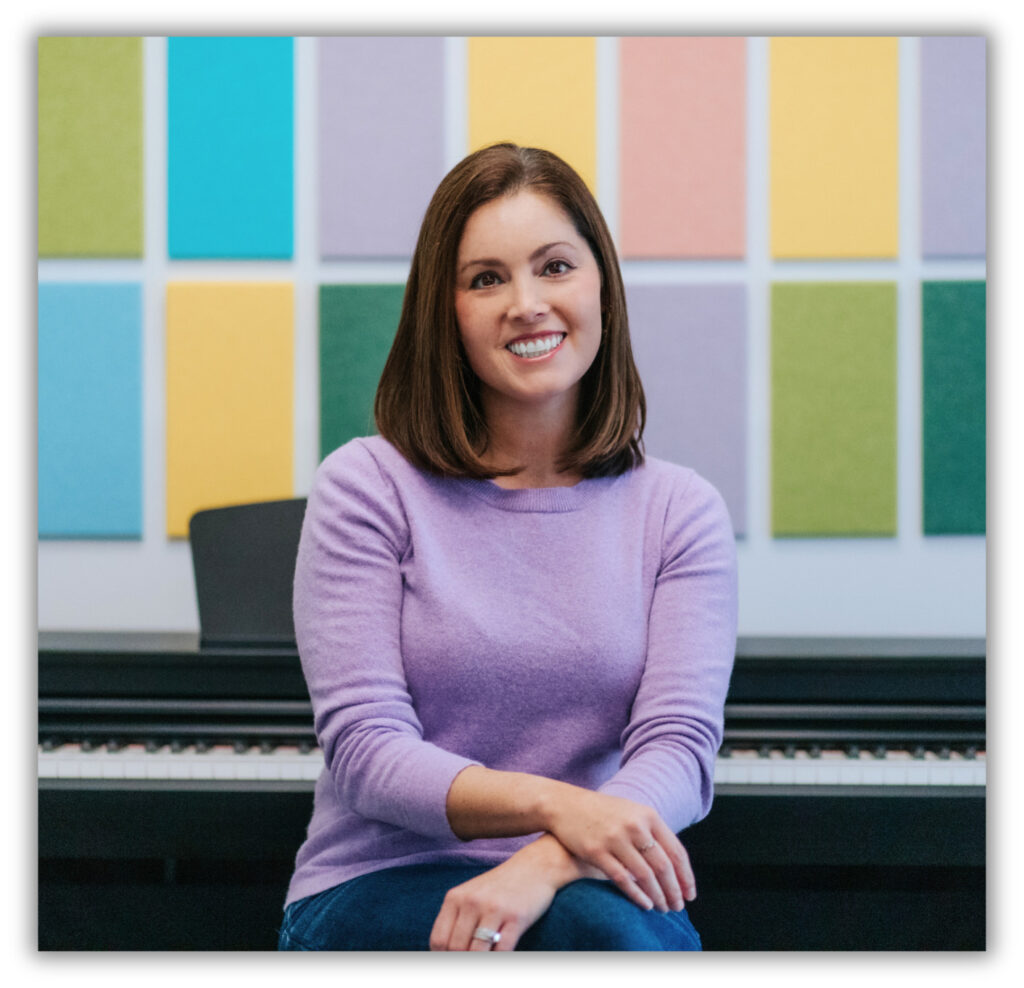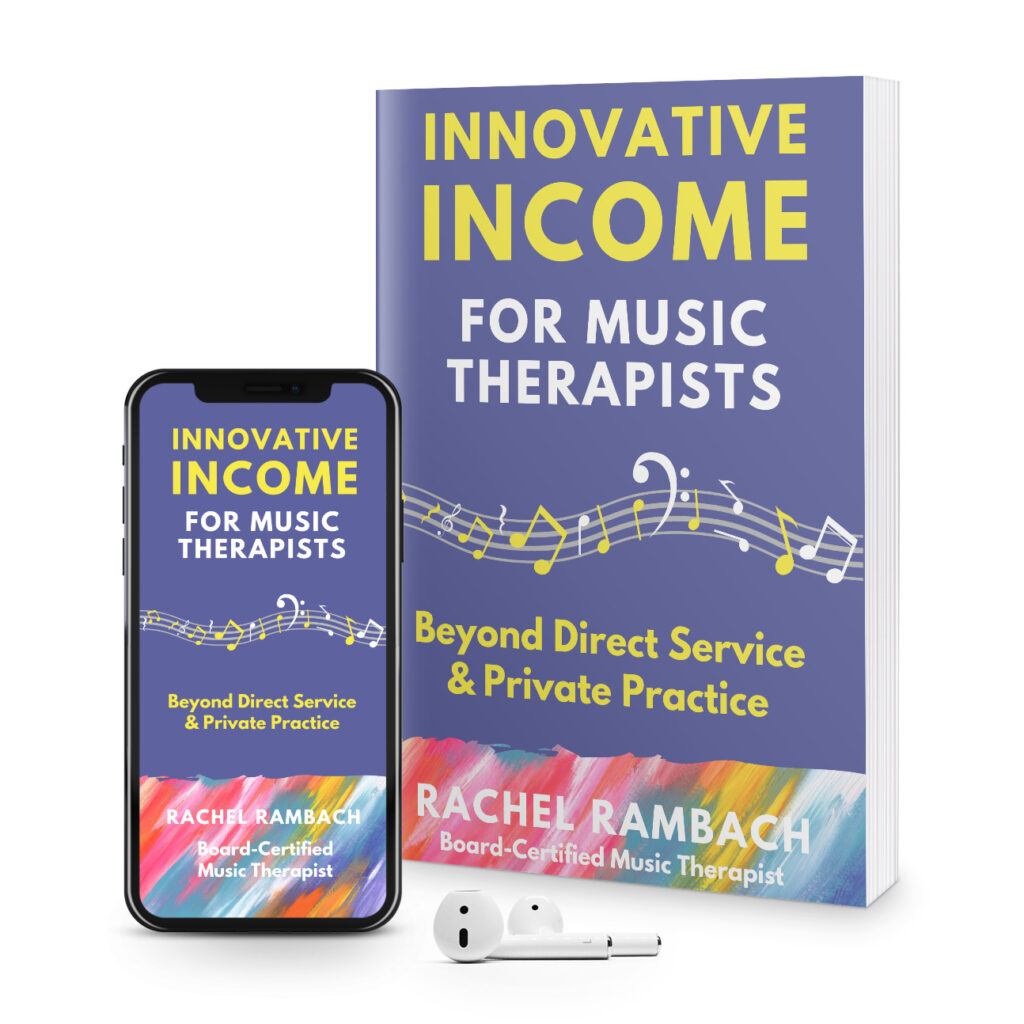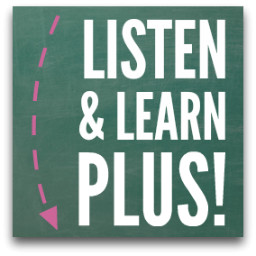Single and Teen Numbers

This is one of those songs I wrote on the fly about an hour before a session, but still find myself using consistently month later. The student for whom it was written is working on identifying numbers 1-20, but she was having trouble telling the difference between single digits and the “teen” versions of those numbers.
What number is this? (3)
3 is all by itself
What number is this? (13)
Thirteen has a 1 in front
This number is (3)
This number is (13)
They are different because (13) has a 1 in front
{Repeat for numbers 4/14-9/19}
I use the song Single and Teen Numbers in conjunction with a visual — a simple PDF I made and display on the iPad — so that my student can see the numbers and point to them as we sing about them. The PDF is included in the download, along with the lead sheet and both full and instrumental mp3s.



